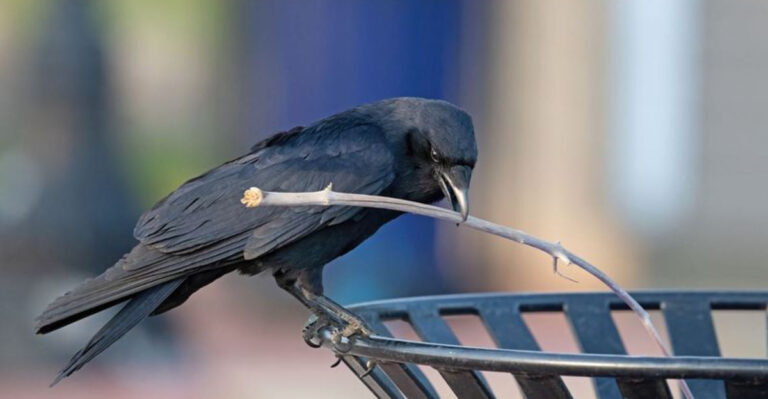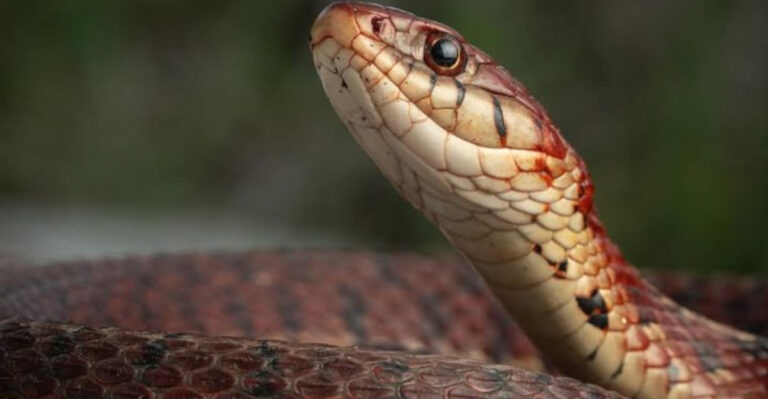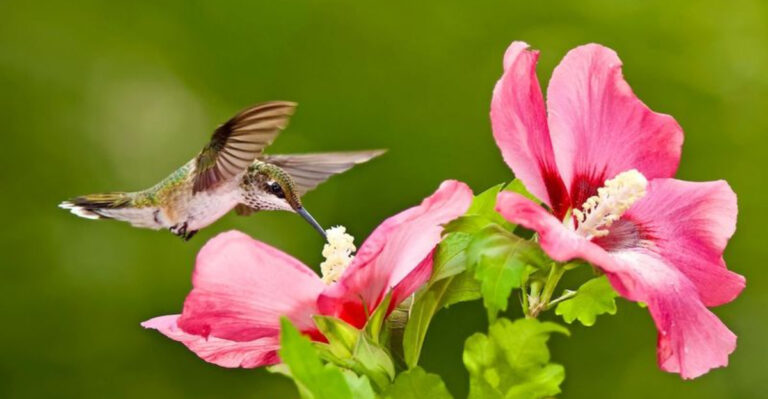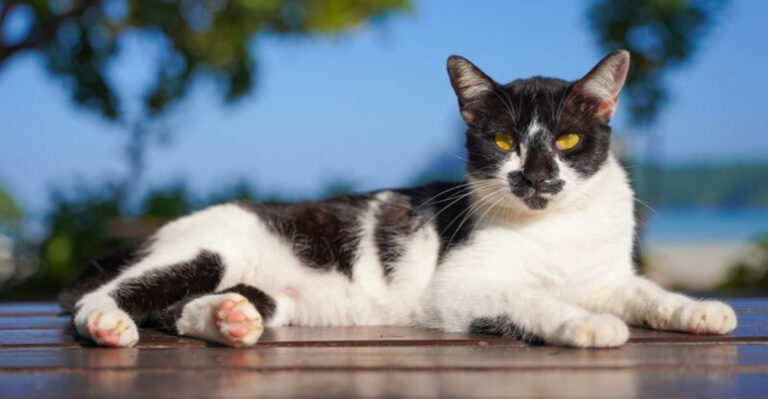Male Vs. Female Chickens: What Sets Them Apart
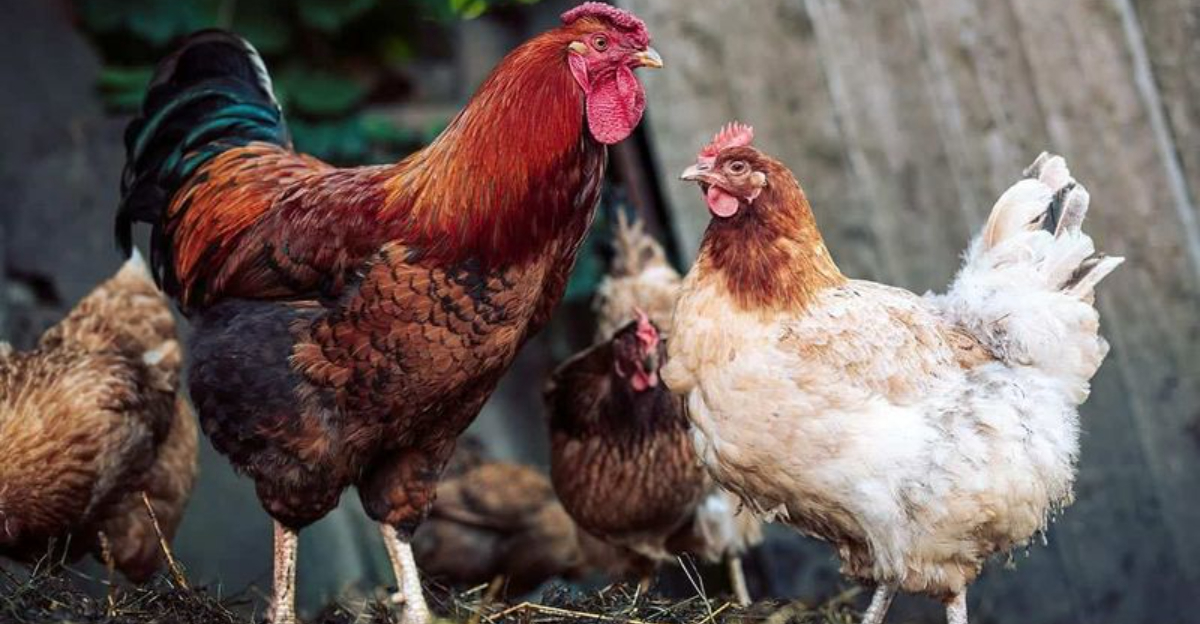
Ever wondered how to tell boy chickens from girl chickens? They might look similar at first glance, but these feathered farm friends have some fascinating differences!
Whether you’re starting a backyard flock or just curious about poultry, understanding what sets roosters and hens apart helps you appreciate these amazing birds even more.
1. Crown Jewels: Comb And Wattle Size
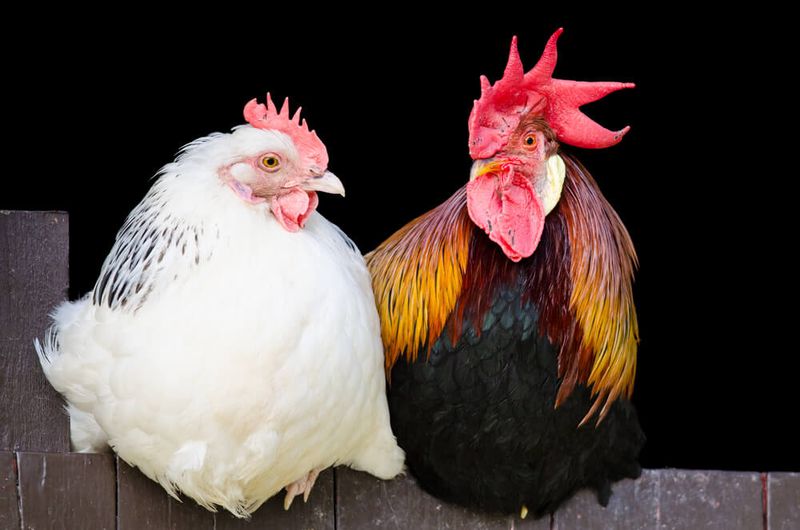
Those fleshy red accessories atop a chicken’s head tell quite a story! Roosters sport larger, more vibrant combs and wattles that practically scream “look at me!”
These ornaments serve as natural cooling systems and attract the ladies. Hens have these features too, but theirs remain more modest and subdued – practical fashion versus flashy statement pieces.
2. Vocal Personalities: Crowing Vs. Clucking
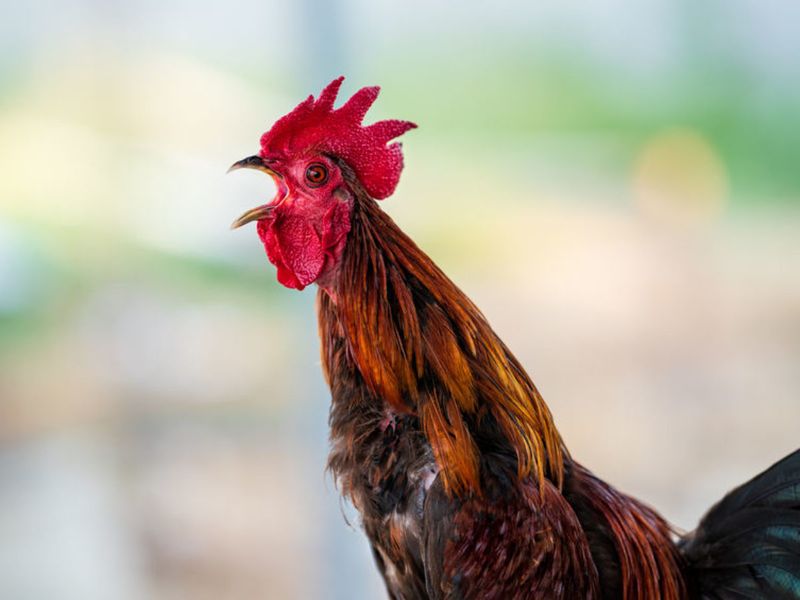
That iconic “cock-a-doodle-doo” isn’t just for cartoons! Roosters really do announce daybreak (and pretty much everything else) with loud, proud crowing that can reach surprising decibels.
Hens, the conversationalists of the chicken world, prefer a varied vocabulary of clucks, purrs, and squawks to communicate with their flock. Their gentle sounds serve practical purposes like warning of danger.
3. The Spur Factor: Natural Weapons
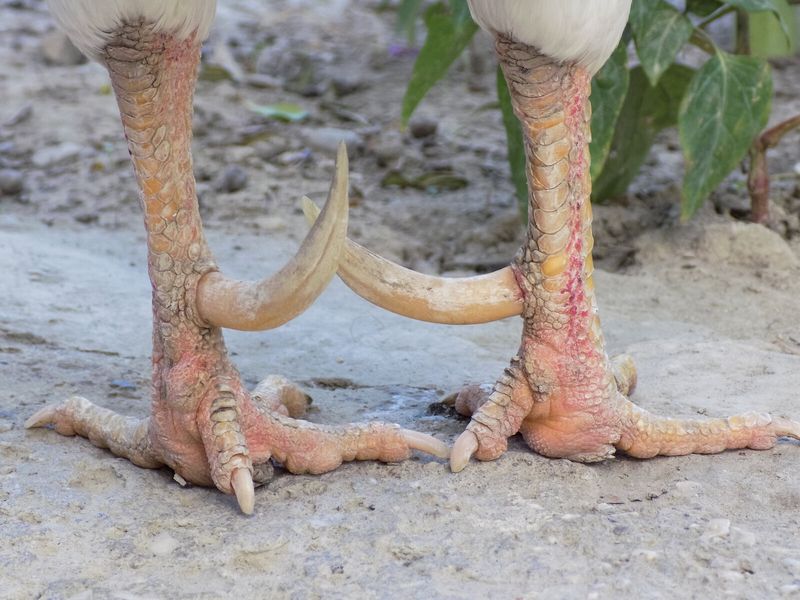
Check out those daggers on the back of roosters’ legs! These bony spurs grow throughout their lives, sometimes reaching several inches long.
Nature equipped roosters with these built-in weapons to defend their flock against threats. Hens typically lack these pointy projections or have only tiny bumps where spurs would be – a key visual clue when chicken sexing.
4. Feather Finery: Plumage Differences
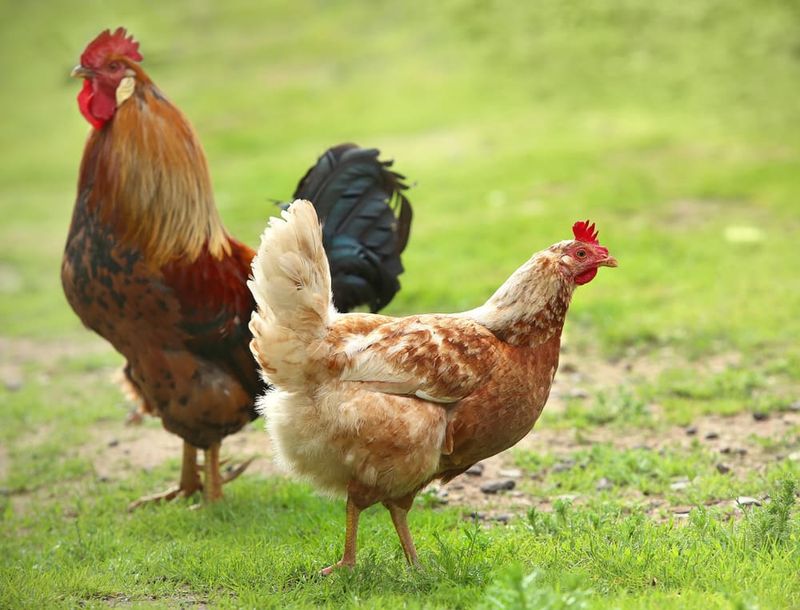
Talk about dressed to impress! Roosters flaunt longer, more colorful feathers, especially those magnificent curved tail feathers called sickles that can sweep dramatically behind them.
Hens keep things practical with shorter, more subdued plumage that helps them blend into surroundings when sitting on nests. Their earthy tones provide camouflage from predators while they’re raising the next generation.
5. Size Showdown: Body Differences
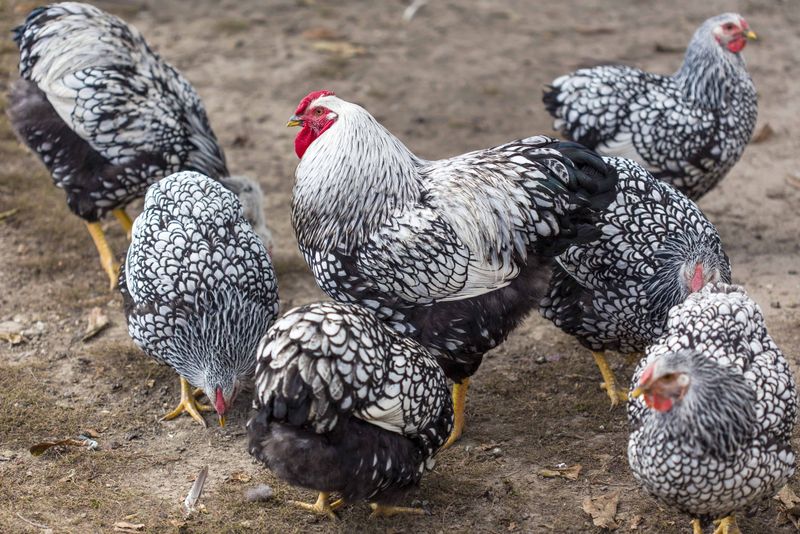
When it comes to the chicken weight class, roosters take the heavyweight title! They typically grow 20-30% larger than females of the same breed, with more muscle mass and a more upright stance.
Hens maintain a more horizontal posture with their compact bodies designed for egg-laying efficiency rather than showmanship. Their practical build supports their reproductive role in the flock.
6. Egg-Ceptional Abilities: Reproduction Roles
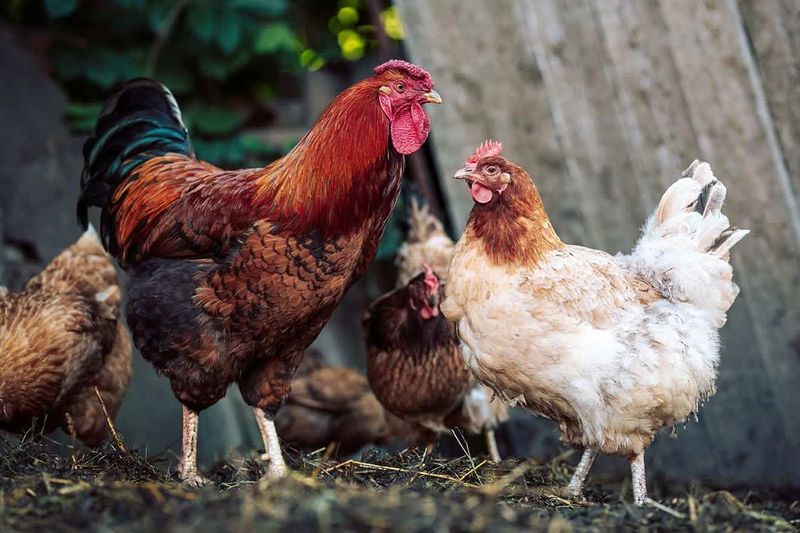
Hens are the stars of the egg world, capable of producing nearly one egg each day during peak laying periods. Equipped with an ovary and oviduct, they efficiently create the next generation.
Roosters, on the other hand, provide genetics without contributing to the egg-laying process. Even without a rooster around, hens continue laying eggs – though none will hatch into chicks.
7. Behavioral Blueprints: Personality Traits
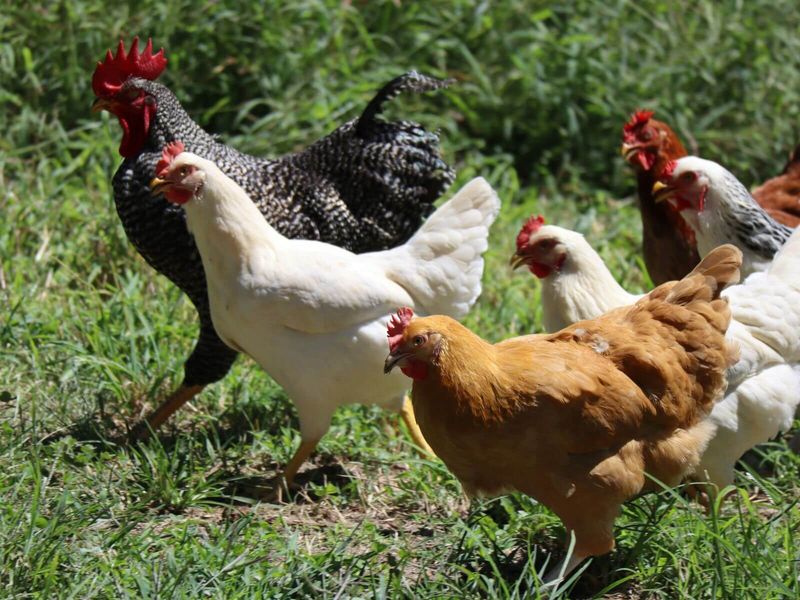
Strut, peck, repeat! Roosters typically display more territorial and aggressive tendencies, constantly patrolling their domain like feathered security guards.
Hens generally exhibit more cooperative social behaviors, establishing their own pecking order but with less dramatic showdowns. They focus on finding food, dust bathing together, and other practical chicken activities that keep the flock functioning smoothly.
8. Hackle Highlights: Neck Feather Differences
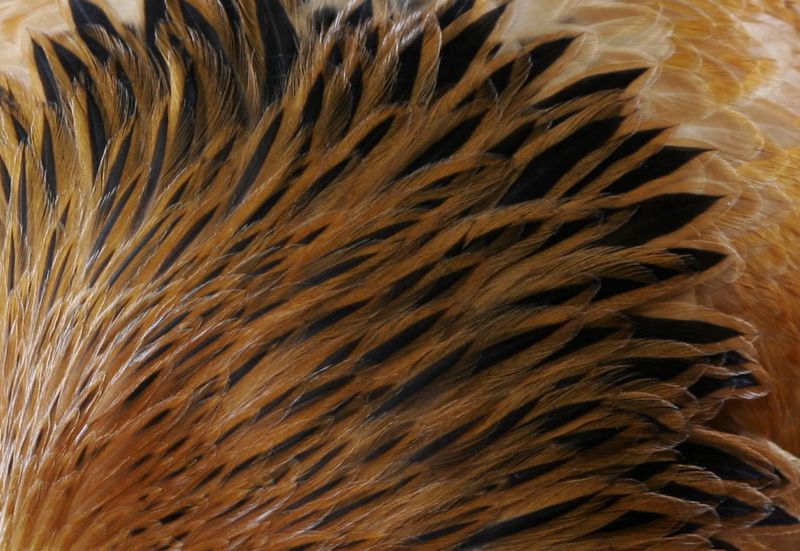
Those fancy feathers adorning a chicken’s neck? They’re called hackles, and on roosters, they’re a fashion statement!
Rooster hackles grow longer, pointier, and often more vibrantly colored – sometimes with dramatic iridescent sheens. Hen hackles remain shorter and rounder-tipped, creating a softer neckline that lacks the dramatic cascade seen in their male counterparts.
9. Saddle Situation: Back Feather Variations
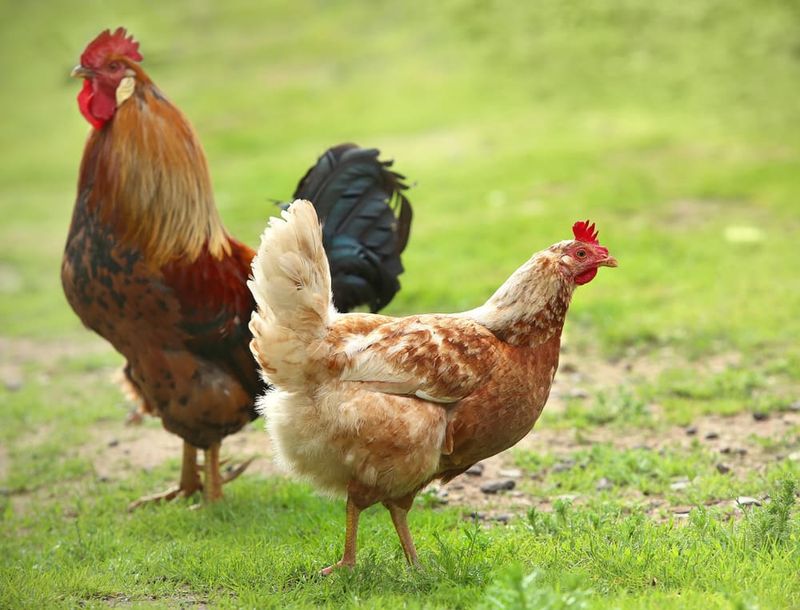
Flip the bird over (gently!) and you’ll spot another telltale difference. Roosters develop distinctive saddle feathers – long, narrow plumes that drape down their backs and sides like a waterfall.
Hens have broader, shorter feathers in this region that lie flat against their bodies. This difference becomes especially obvious when chickens reach maturity, making it a reliable way to separate the boys from the girls.
10. Protective Instincts: Flock Dynamics
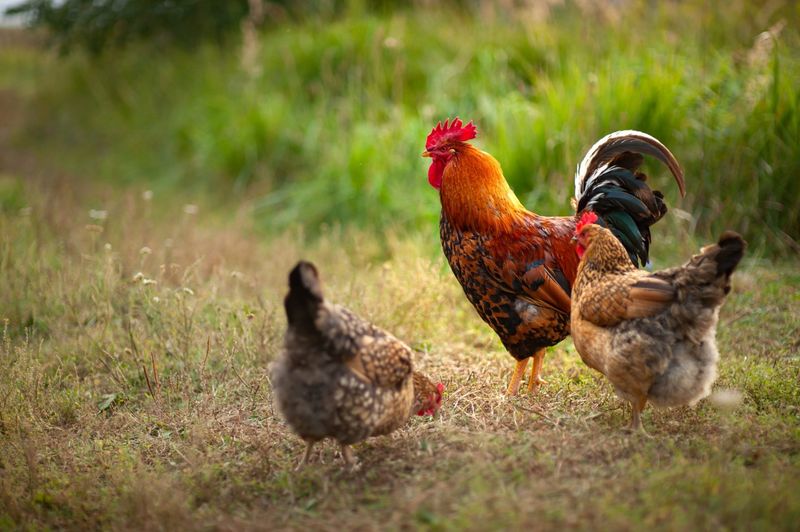
When danger lurks, roosters transform into feathered knights! They’ll sound alarm calls, position themselves between threats and their hens, and even sacrifice themselves to protect their flock.
Hens show different protective behaviors focused mainly on their chicks. They’ll gather babies under their wings, teach them survival skills, and fiercely defend their little fluffballs from anything that looks remotely threatening.
11. Food Finding: Foraging Differences
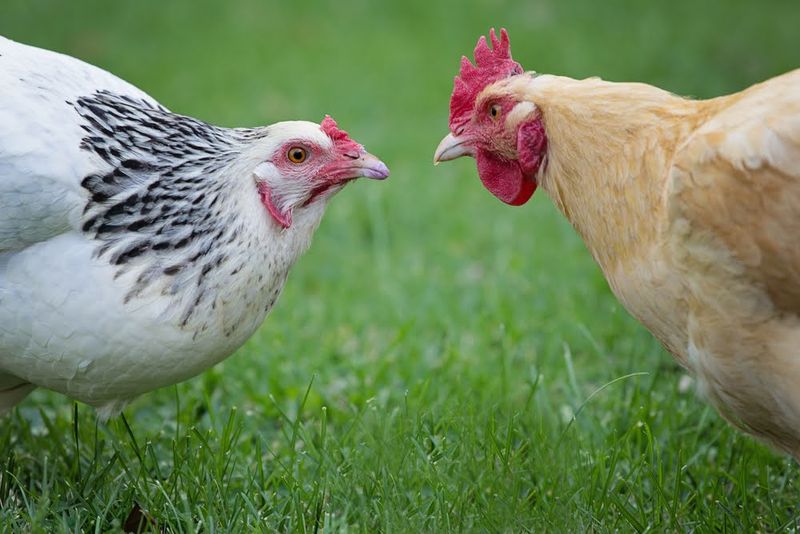
Mealtime reveals subtle but fascinating gender distinctions! Roosters often employ a distinctive food dance – scratching the ground, stepping back, then pecking at exposed treats.
They’ll also call hens over when they discover something tasty. Hens typically spend more time methodically foraging, teaching chicks what’s edible, and generally showing more patience in their food-finding missions.
12. Timing Tells: Development Differences
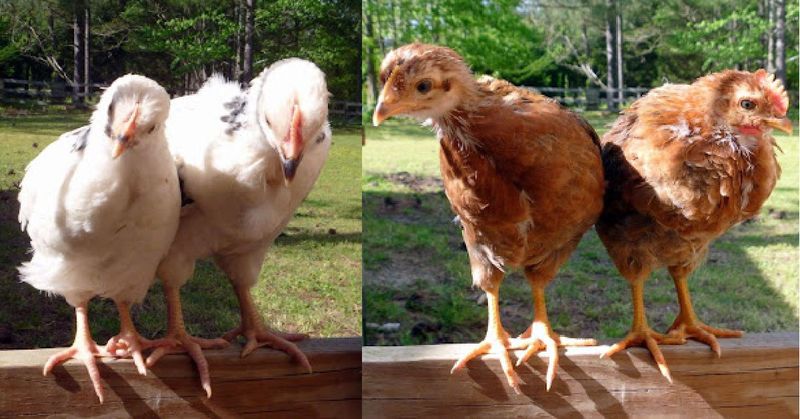
Growing up reveals gender secrets! Male chicks typically develop their combs and wattles earlier than females, sometimes showing red coloration as early as a few weeks old.
Their legs also thicken faster, and they often stand taller earlier in development. Pullets (young females) mature more gradually, focusing their energy on developing reproductive systems rather than showy external features.
13. Nighttime Rituals: Roosting Behaviors
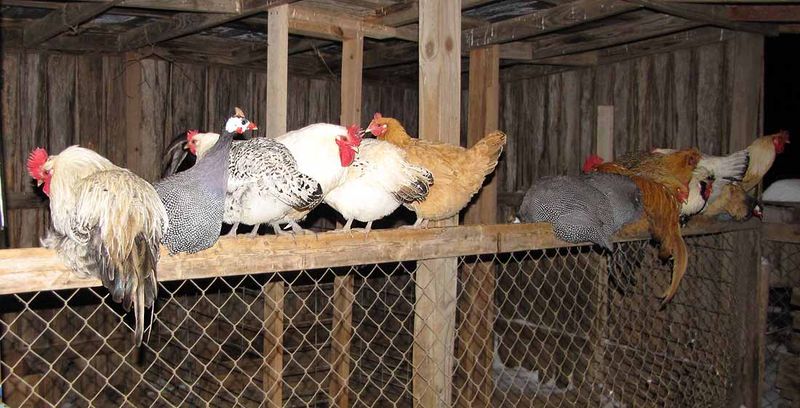
When the sun sets, chicken bedtime reveals more gender differences! Roosters typically take higher perch positions in the coop, maintaining vigilance even during rest.
They’re often the last to settle in and first to wake up. Hens tend to huddle together in the middle sections of roosts, creating warming communities that conserve body heat during cool nights.
14. Dust Bath Techniques: Cleaning Contrasts
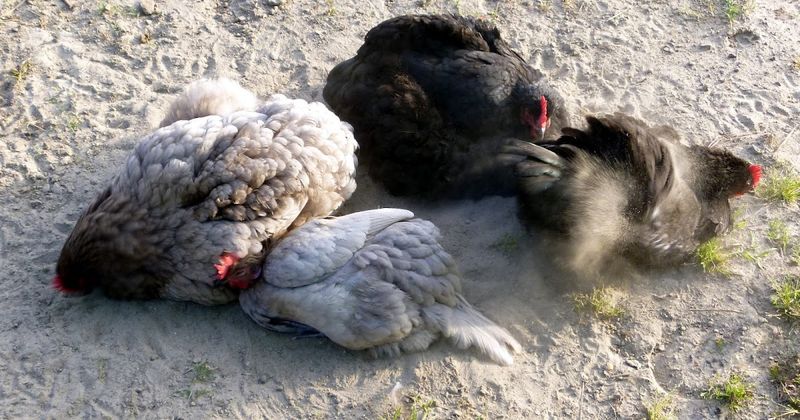
Spa day among chickens is a dusty affair, with hens turning it into a social event, gathering in groups to bathe together. Communal dust spots become favorite hangouts, where they return regularly for a good fluff and shake.
Roosters take a different approach, opting for quicker, solitary dust baths while staying alert. Always on guard, their bath time is more about practicality than relaxation.
15. Wing Displays: Courtship And Dominance
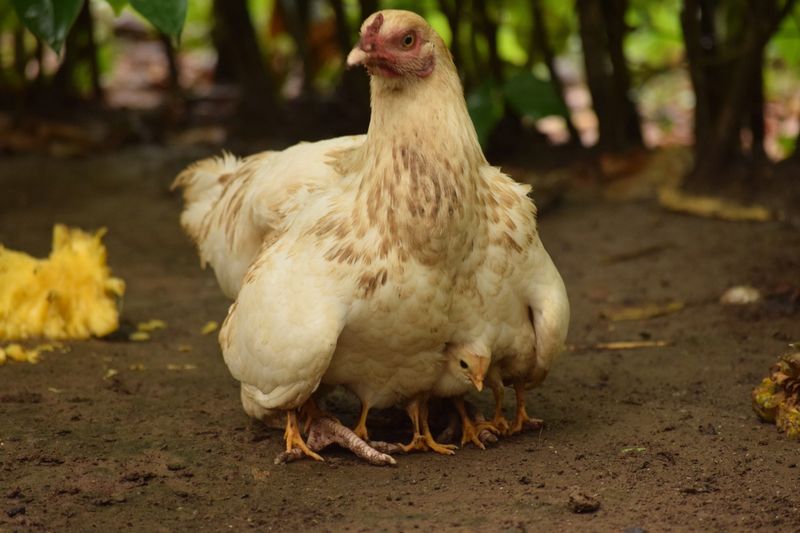
Wings tell emotional stories in chicken language! Roosters perform distinctive wing displays – dragging one wing along the ground during mating dances or flapping dramatically during dominance displays.
Hens use their wings differently, spreading them protectively over chicks or fluffing them slightly during dust baths. Their wing movements tend to be more practical than performative, reflecting their different social roles.

